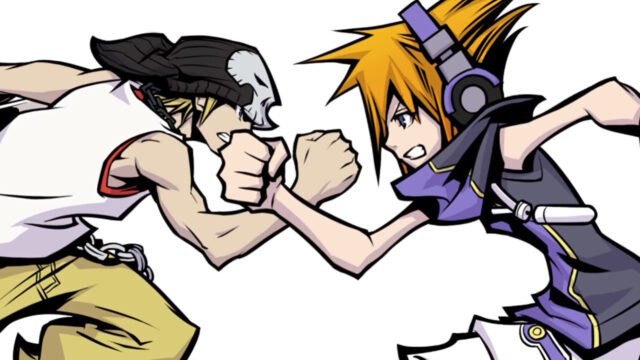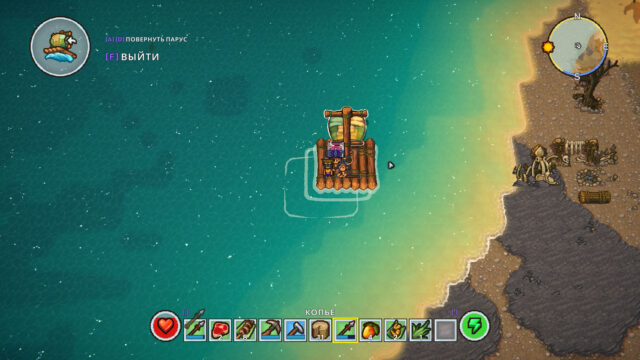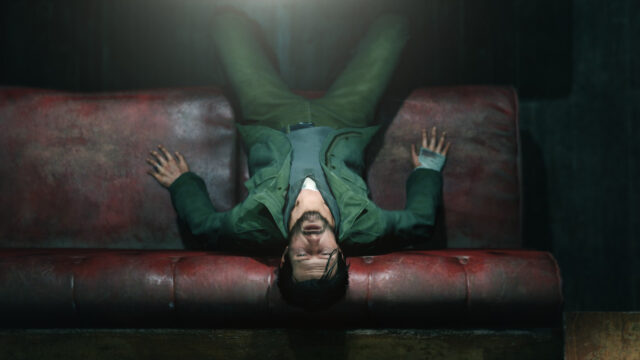Black Muddying – Mafia III Review
Every suspicious step Mafia III took towards release was accompanied by increasingly obvious sessions of self-hypnosis for me. “This is a good game,” I had to remind myself when new trailers appeared. Everything looks like this because before the release, who knows how long, they will definitely finish and tweak a lot.
So what if they don’t give out press copies? As if we needed accidental leaks to spoil the long-awaited surprises for us. This doesn’t mean anything, just like the reviews from YouTubers that no one has ever heard of, featured on the cover. Of course, this is a good game.
It’s a great tragedy that they didn’t meet the graphics standards of today. I bet you only want “Uncharted” games, right? We’ll endure the blurry textures and the terrible draw distance, nothing will happen to us. This is a good game, and that’s it.

Only 30 hours alone with the creation of Hangar 13 convinced me of the futility of any justifications. There’s no point in denying it, Mafia III is a problematic and not very good game. Fortunately, it is interesting in some places.
Contrary to skeptical forecasts, the plot turned out to be quite powerful. The story of Lincoln Clay at first may seem like a reflection on “What if Ezio Auditore was black and lived in Louisiana in the late 1960s,” but thanks to a few strokes, it turned out to be quite original and impressive. At least because the Italian-American mafia was placed on the other side of the barricades, and we take on the role of a new force opposing it. The familiar theme of the series is still present, but it is shown in a completely different light, and it’s cool.
It is also noteworthy that Hangar 13 avoids romanticizing the criminal everyday life, which the previous games noticeably leaned towards. Their Mafia is not so much expensive suits, Tommy guns, and handsome men with Sicilian accents, but a sprawling criminal organization with a clear hierarchy that we have to comb through from bottom to top. The storytelling strives for groundedness, realism – hence the “documentary” style of presentation. The retrospective view of what is happening and its evaluation from the perspective of our days seriously enlivens the script and adds credibility to it.

Divide and conquer.
So, the family that runs New Bordeaux, a local counterpart to New Orleans, betrays Lincoln’s friends and somewhat kills the hero himself – just enough for him to grow a distinctive scar and embark on a path of revenge. He finds like-minded individuals, assembles his own group, and systematically begins to take away the offenders’ control over the city. You’ve already guessed what this means in terms of gameplay, haven’t you? Our beloved turf war! Don’t say you didn’t miss it.
When the short but promising prologue comes to an end, the city turns into a pile of districts with lieutenants of the main villain operating in them. Each of them has two small businesses under their command: drugs, let’s say, slot machines, or something harmless like slave trade. The only way to earn an audience with the big shot, and at the same time the opportunity to put a bullet in their head, is to expand this very business. Shoot the trucks with supplies, shoot the guards, shoot the shop windows, find the snitch and find out where the crates are, which also need to be shot, in general…”
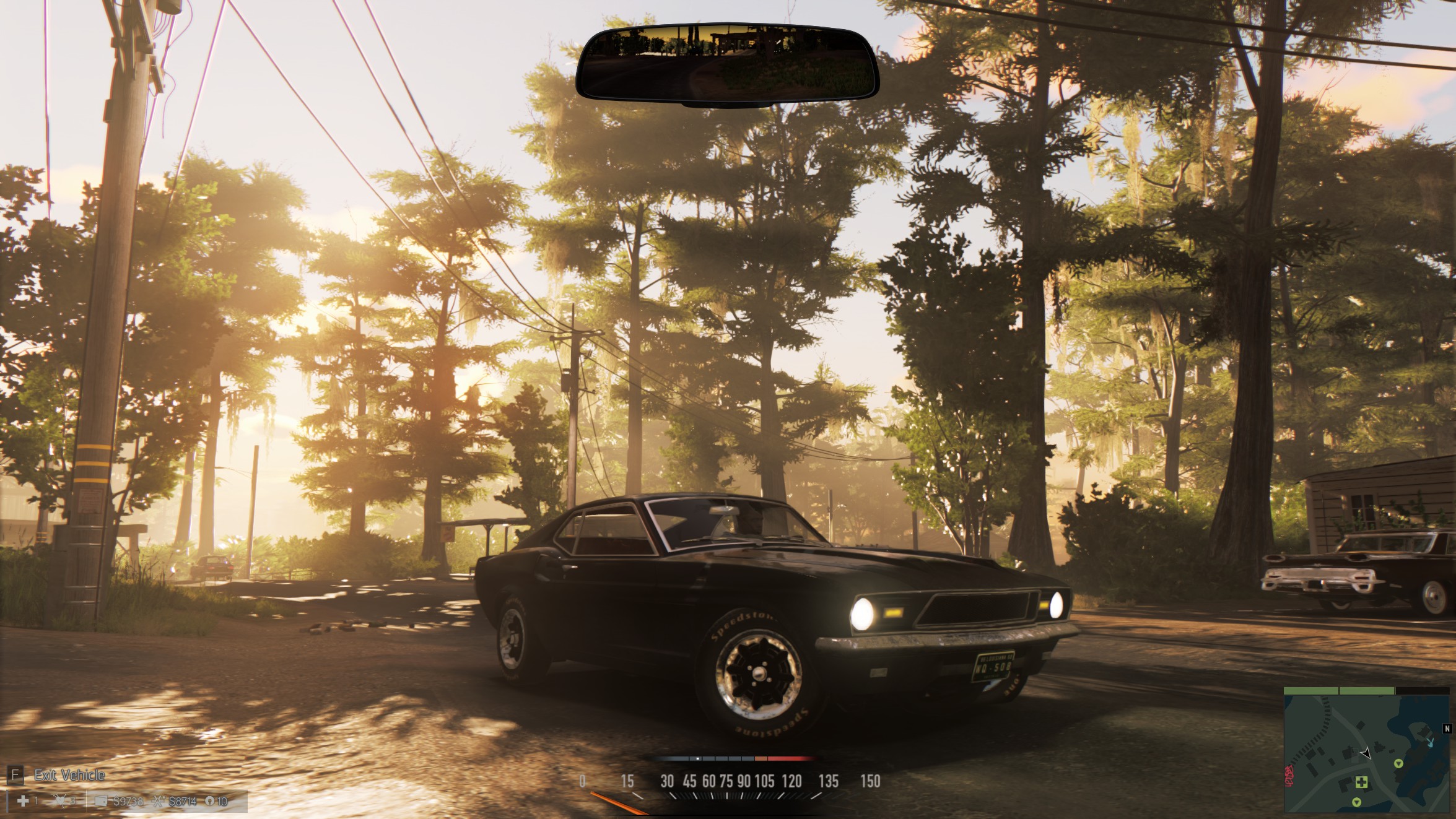
Sometimes it’s hard to tell whether the game is damn beautiful…
All these uncomplicated actions add up to the overall damage inflicted. When it overflows, the miserable leader finally emerges from the shadows, irritated and ready for battle, shows a couple of videos, and hastily shares the fate of the same trucks and boxes. Our territory, hooray. We give it to someone from our wards, receive bonuses of choice, and move on to the next one. Did you like it?
Even if not, you’ll have to endure. The whole game flows in this way.
On paper, this banal concept probably looked much more exciting, but in reality, it is no better than the nauseating DLC about Joe’s arcade adventures from Mafia II – the one where 80% of the time you had to kill someone without any explanation. No unique situations, not even the most worn-out script – just dozens, hundreds of identical shootouts at construction sites, quarries, garages, and offices.

…whether it was ported straight from PlayStation 2.
It must be said, however, that the use of the combat system in Mafia III is fully justified. The combination of high-quality animation, colorful special effects, excellent sound, and impeccable weapon balance has resulted in a remarkably juicy and tangible shooting mechanics. Enemies contort vividly, clutching fresh wounds, walls are generously splattered with bloody sprites, and shotguns… um… If taking a good shotgun as an indicator of a solid shooter, then Hangar 13 has created several delightful shooters in one.
Shooting in this game is so much fun that the first few hours are truly all you need. Satisfying headshots and primitive stealth, adding a touch of variety with its brutal executions, would easily sustain an average action game for an evening – but by the time it’s supposed to end, this sandbox is just getting started. It’s simply overwhelmingly vast.
Repetition is at the core of any game, and it shouldn’t deter anyone. What’s more important is how that repetition is disguised and presented. Assassin’s Creed Syndicate diluted the routine with an unusual ecosystem, signature acrobatics, and dozens of interesting gadgets, Just Cause 3 countered monotony with explosions upon explosions – but Mafia III lacks such a trump card. No matter how hard you try, there’s a feeling that the game itself didn’t expect such scale from itself.
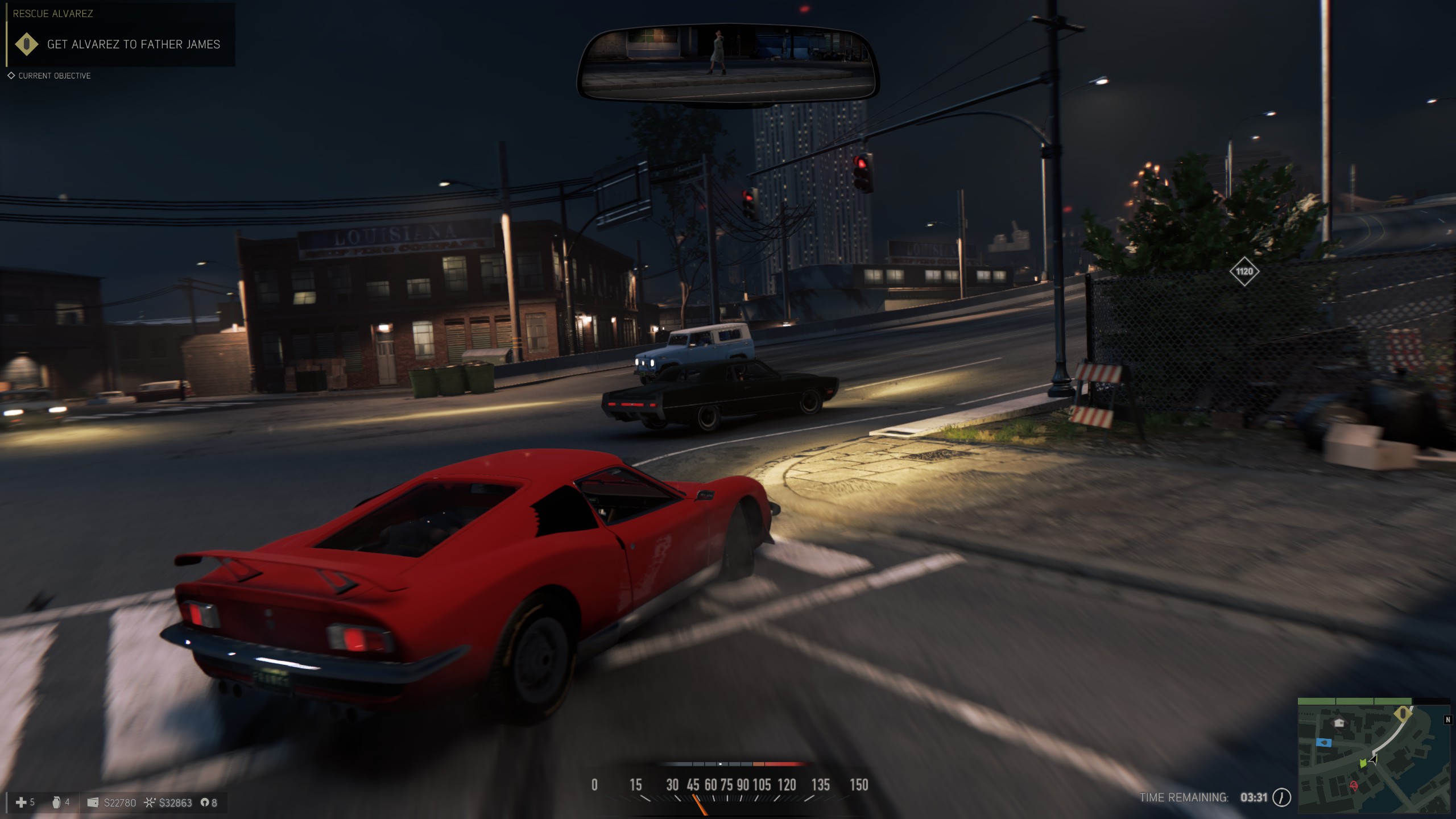
The most frustrating thing is that against the backdrop of rare classic missions, all this open-world fluff looks even worse. When even the slightest traces of direction appear in the action – be it a separate linear location, a luxurious musical accompaniment, or a simple QTE insert – Mafia III literally shines. Not at the level of its predecessors, of course, but a few bright scenes still make you regret that the potential was wasted on pure, unabashed “go and kill”.
Unfortunately, there is much more tedious activity here, and it is entirely subordinate to the story, being the main condition for progress. Almost all open-world missions proudly bear the label “STORY CHAPTER”, even if many of them do not contain a single line of dialogue and can be completed in a minute or two. And this, by the way, is about five times less time spent on driving, which creates another problem.
Previously, the car episodes, no matter how long they were, did not cause annoyance. Not only because they were used in various narrative ways, but also because they always led to a big, elaborate piece of the story. Roughly speaking, if you drove a lot, it meant you would run a lot now. The mission design did not allow one mechanic to prevail over another and maintained gameplay balance.
The structure of Mafia III turns moving around the city into a forced and overly drawn-out activity. Driving dozens of miles for assignments that require just one shot becomes more tiring than it seems when you first encounter the impressive car fleet and decent physics model. There is simply nothing exciting about the cars anymore because they are just a supporting tool, a means to get to the desired point and back. And the faster, the better: this is the first game in the series where you don’t want to stop at a red light and stay within the allowed speed limits.

In general, there are only troubles from this open world. Ideally, it would be nice to move all this garbage with territory capture to the outskirts of the game – those who need it will find it – and fill the main line with straightforward “cinema” like before. It definitely wouldn’t get worse, especially since the long-awaited freedom of action is like a foreign body, because there is nowhere to express it.
New Bordeaux, being a beautiful and meticulously crafted city, for some reason desperately does not allow interaction. There are no shops where you can buy food, drinks, or clothes, no functional auto repair shops, no random events, no additional mini-plots – nothing that would justify the vast spaces entrusted. There is only spontaneous exchange of one-word replicas with passers-by, a bunch (no, really, a huge number) of detailed but pointless interiors, and a shelter that exists only for sleeping at the beginning of the plot. It doesn’t feel like a full life in the virtual world, it lacks details.
The developers are selectively attentive to them in the third part. Delving into some details, they completely disregard others, often much more important ones. The damage model, for example, is worse here than in Saints Row 2, but the radio signal weakens in the tunnel. The driving mode switches to a loud “Simulation”, but it doesn’t bring manual transmission or a fuel level sensor. Or, for example, the developers took care to give each car a unique license plate, but the story character’s car proudly displays the generic “AAAAAAA” in the cutscene. What else can you say. And we still remember the turn signals. Where are our turn signals?!
The praised theme of racism is implemented as if halfway. Yes, Hangar 13 did a good job showing the shameful stain on world history without censorship and embellishment, but the gameplay reflects the persecution of people of color much less than it should. Well, except in segregated establishments – which, again, makes no sense to visit – where the managers insistently and not very politely ask Lincoln to find a way out as soon as possible. If you ignore their requests, they resentfully retreat to the back room and wait for the right moment to call the police. That’s all.
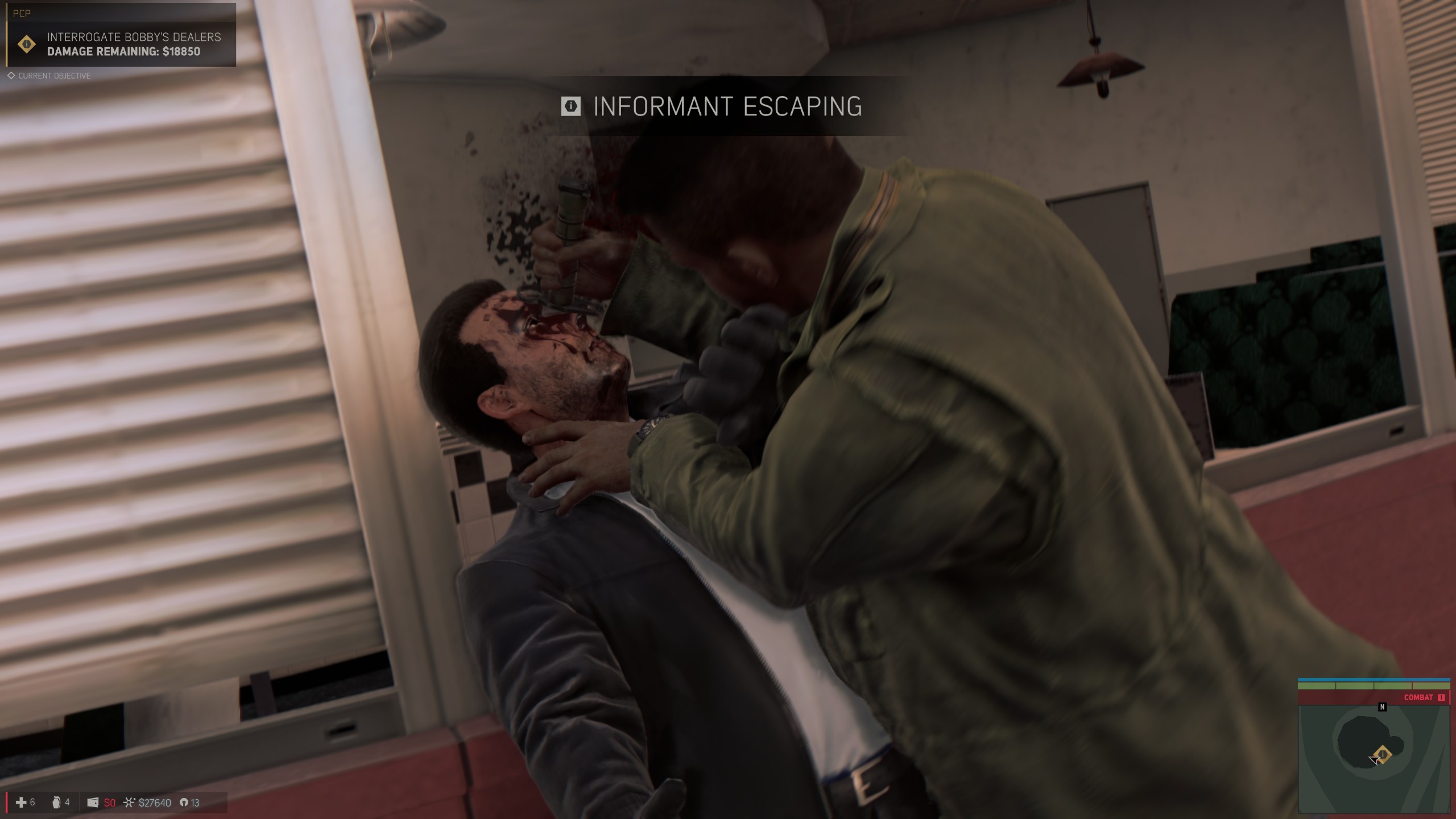
It is also impossible not to mention the diligence with which Mafia III reminds us that it is just a game. No matter what is happening, the screen will always be cluttered with icons, hints, and other unnecessary elements of the non-disableable interface. Look, the informant is running away! Oh no, the witness is calling the police! Good Lord, there’s so much weapons on the floor! Don’t forget to turn right at the next intersection! Some information is even duplicated just in case, and it forcefully throws you off track even in those moments when the atmosphere takes over.
It rarely shines primarily due to its nightmarish, terrible technical implementation. At first, it’s just “ha-ha, the guy got stuck in the fence,” but after a series of relentless bugs that pile on top of each other, there’s a desire to put the game aside for better times. Nothing ruins the atmosphere as much as bodies flying to the ceiling, cutscenes during which the game doesn’t pause and Lincoln can be killed, disappearing textures, and endlessly stupid gangsters lighting up their guns. You might find it funny, but there they go.
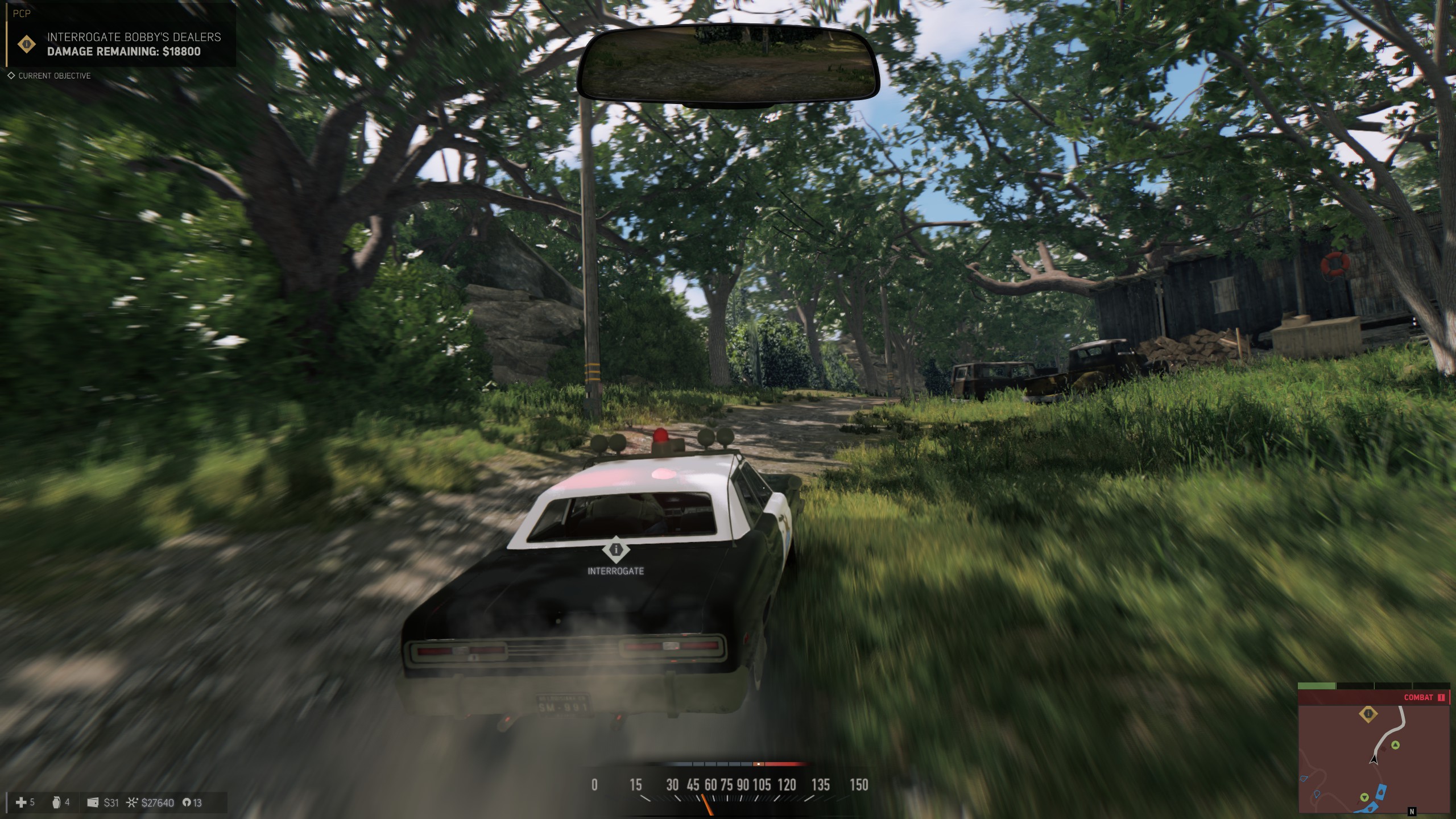
A little behind the scenes: Mafia is my favorite game series. I am crazy about the first two parts, which I consistently replay a couple of times a year and consider them superior, more noble, and smarter than polished GTA. For me, it is the natural “Godfather” and “Goodfellas” of the gaming industry, an immortal classic.
I can’t bring myself to say this, but this is not Mafia. It is a wonderful story spread across a mediocre and shaky sandbox, but not the game that could be called the successor to the great gangster duology. And definitely not the game that you would want to replay. Well, at least not until the developers add a “Story Missions Only” mode, so that it’s purely focused on the plot without any filler. Replaying 30 hours of bland missions for a couple of interesting ones – no, unlikely. There are already enough open-world games released in a year.
It’s funny that Mafia II once received criticism for tons of cut content – but back then and even now, it doesn’t feel like a cut game. However, our current guest, who fulfilled all its promises, leaves the impression of an unfinished product hastily patched up and released to the public.
Well, no, it’s not funny.
Mafia III: Faster, Baby!
You can make fun of Mafia III as much as you want. and we didn’t miss our chance), but it tells the story it needs to. In the depths of its melancholic and catastrophically unstable sandbox, there lies a script worth enduring hours of relentless grinding for. elusive mirrors slipping into another reality, having tamed my raging inner critic. And if there was a reason in the world to come back to the game after almost half a year, with the release of the first DLC, then its name is the plot.
Well, and the desire to somehow justify my impulsive purchase of the season pass.

It so happened that the plot in Faster, Baby! is the weakest. The expansion takes place in a new isolated area on the map – and turns into a natural spin-off of “The Fast and the Furious”, both in a bad and a good sense. The bad part, of course, lies in the storytelling, which is limited to a handful of characters and a sheriff on a bike who shoots black people at night. He is evil, you are good, without any twists or nuances. The theme of racism is once again brought up for discussion, but it is presented in such a caricatured way that it does not help the cause at all.
But it is only beneficial for the gameplay – overthrowing the wicked cop is much more fun than running countless errands for bosses in New Bordeaux. Without the serious issues, Mafia III suddenly becomes a brainless arcade game, where you can dress up as Jimi Hendrix and ride through the countryside, leaving behind tons of explosions and wrecked classic cars.
Most of the missions are focused on extreme driving, and Faster, Baby! introduces some new features for more spectacle. Lincoln can now slow down time and throw grenades out of the car window, and there are deliberately fragile trailers with heavy cargo on the roads – traps that help to escape from pursuers. These may seem like modest additions, but they finally make chases feel like a full-fledged mechanic, rather than an annoying obstacle on the way to the task.
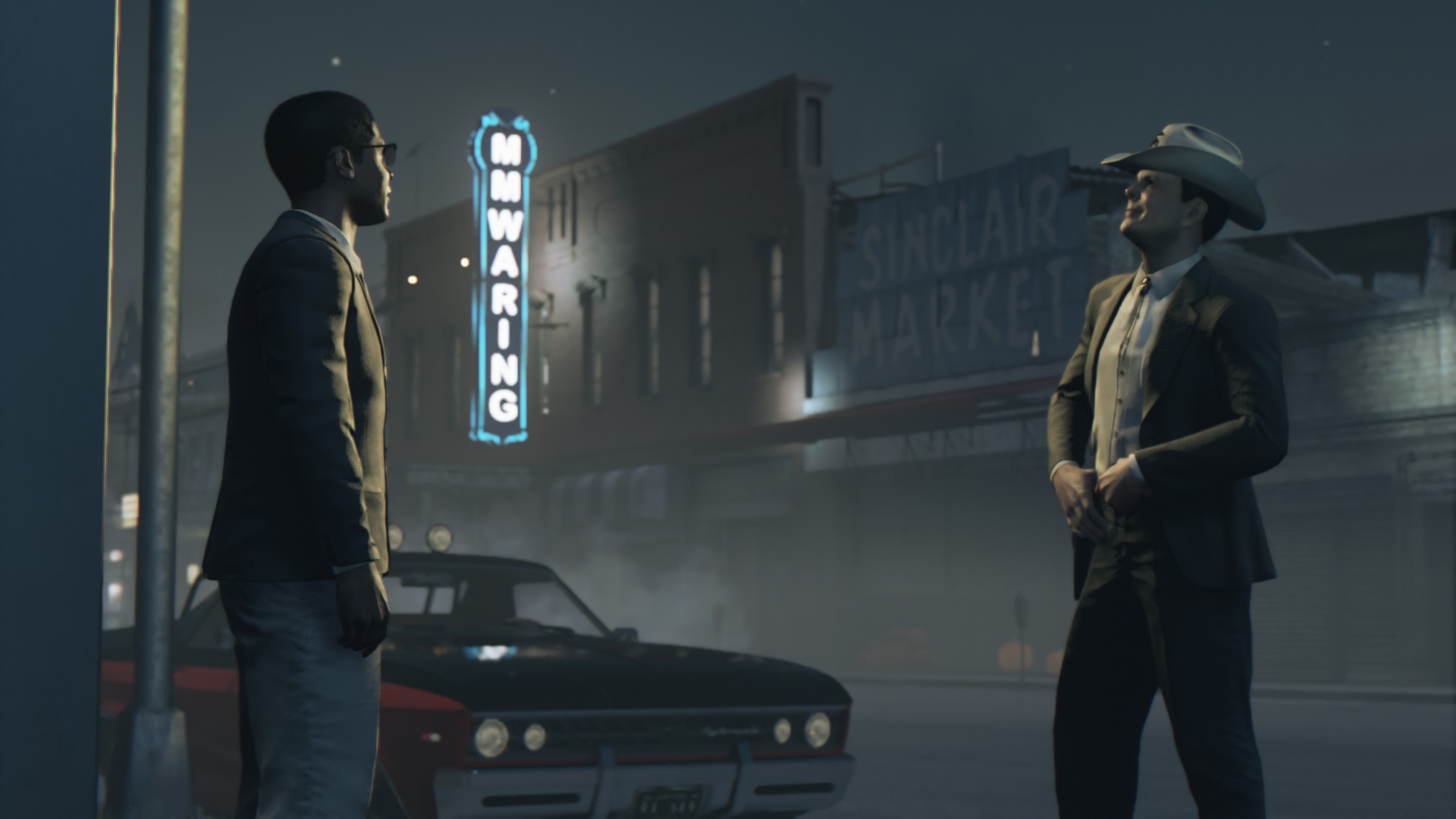
It’s just a shame that the design of the latest one is embarrassingly primitive. Like in the worst GTA clones of the mid-2000s, you’re asked to crush cardboard decorations, fill the chaos meter, kill everything alive in the area, hide from enemies, and enjoy a clumsy corridor instead of a final battle. According to tradition, you can even shoot the main villain intensively during the process – just don’t expect the bullets to affect their storyline armor.
However, it’s still a lively and, most importantly, short-lived attraction. Faster, Baby! teaches at least one lesson: the main activity should be separated from the side one. Yes, the story is completed faster than the game loads, but no one forces you to spend hours collecting icons on the map. First, pure adrenaline action, and then, if you still want to, welcome to the sandbox.

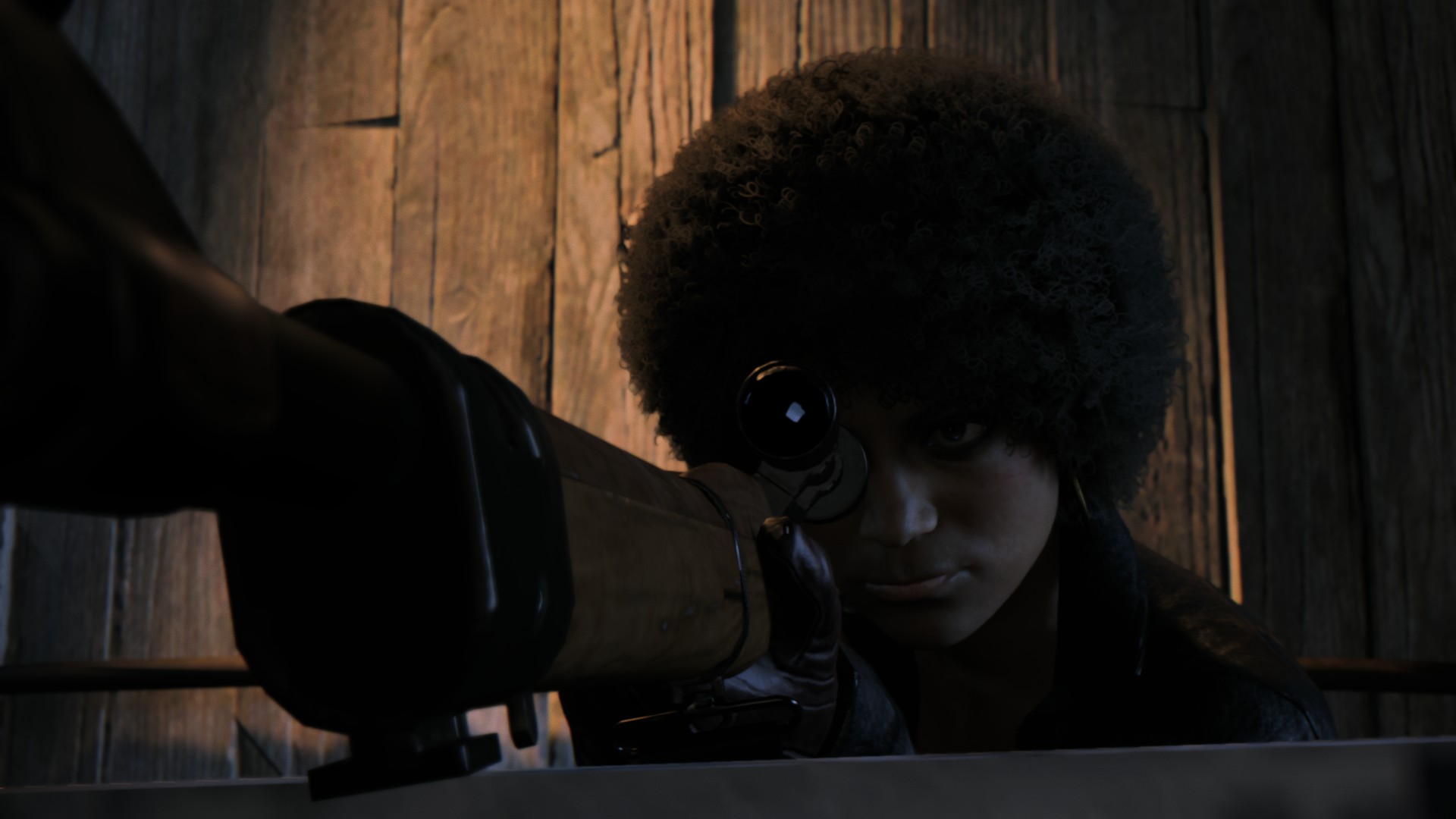
Although the DLC doesn’t offer much in terms of side activities: a couple of tough “go-kill” missions and an amazingly detailed mini-game about growing marijuana. We are given a whole greenhouse at our disposal, with the ability to purchase upgrades such as lamps and fertilizers – and even breed new strains of the miracle herb. Unfortunately, besides being an additional source of income, this “Happy Farm” doesn’t offer anything else, so if you have already completed the game, there is no reason to engage with it.
Hence, only one question arises: why couldn’t they have done this from the beginning? Not only would the one and a half hour storyline of Faster, Baby! fit better as a secondary quest rather than a DLC for $10, but the new gameplay elements would have significantly enlivened the everyday life of the black boy on the run. Just like with the content patches that added races, tuning, and customization, it turned out great, but too late.

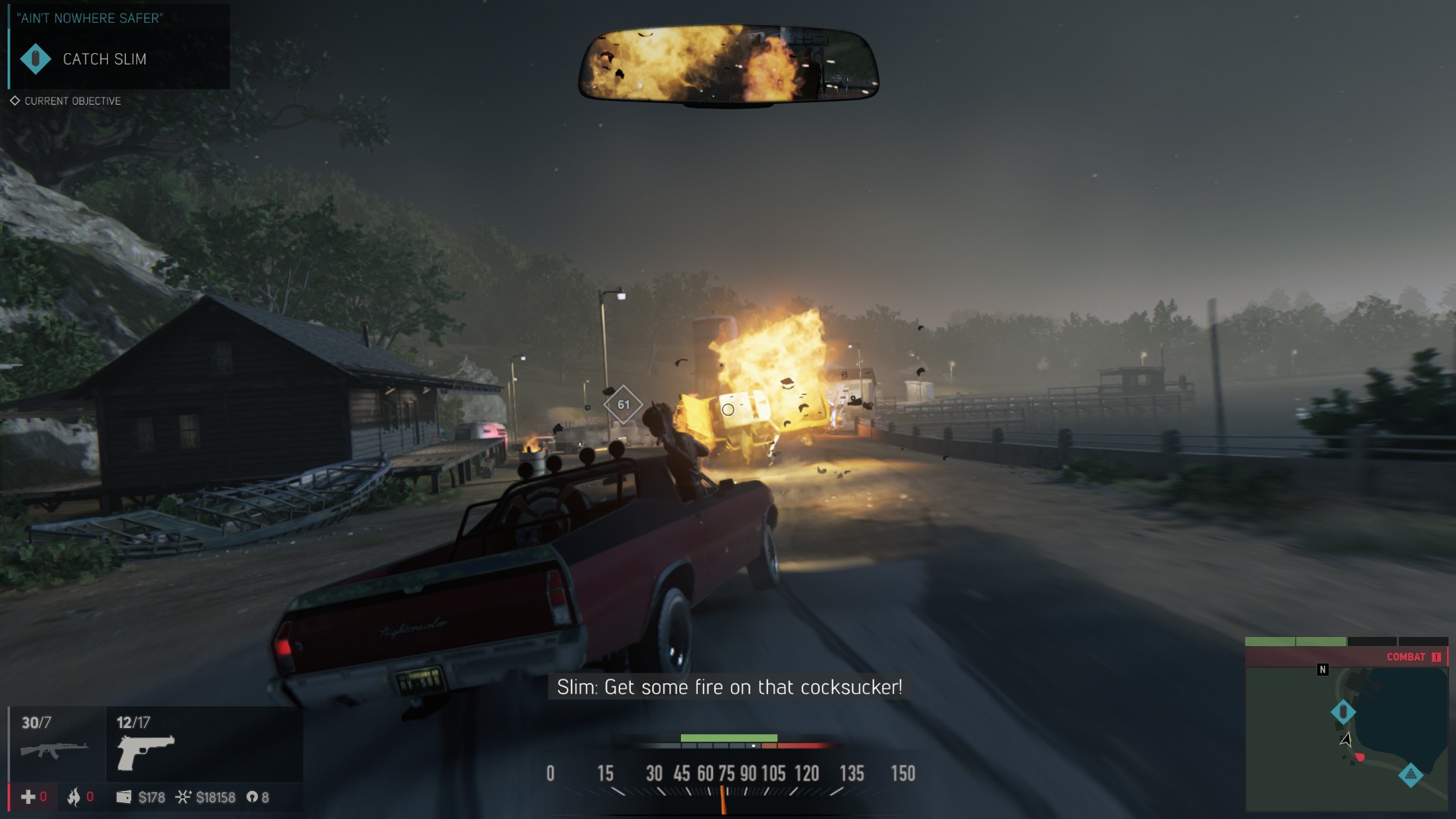
And again, it is necessary to devote a paragraph to the technical part. Hangar 13 seems to deliberately ignore existing problems and only add new portions of software defects to the huge stinking pile. In the evening in the vicinity of New Bordeaux, you can enjoy all the delights of the game, from spontaneous reduction of draw distance to a camera that forgets to follow the hero, and the disappearance of entire police patrols.
Faster, Baby! does not diminish the sins of the original game at all, but it is easily and effortlessly swallowed. There is even less of “Mafia” here than before, but there is enough decent road action to get lost for an hour or two and get your share of pleasure.
By the way, Mafia III itself, in honor of the release of the first story add-on, has acquired a demo version. Read: a benchmark by which you can measure not only the frame rate but also the stability of your nerves.
Share
Discuss
More Reviews
